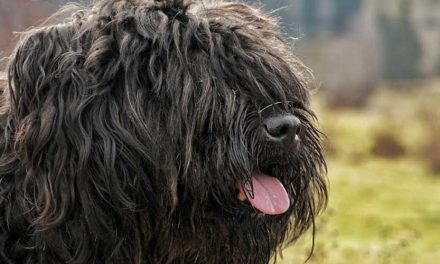The St. Bernard is a breed synonymous with strength, loyalty, and an impressive history.
Originally bred for rescue missions in the Swiss Alps, these gentle giants have captured the hearts of dog lovers worldwide.
Their captivating appearance and loving nature make them one of the most beloved breeds.
Origins and History
The St. Bernard breed hails from the Saint Bernard Pass in the Swiss Alps, known for its treacherous weather conditions and challenging terrain.
Monks at the Great Saint Bernard Hospice began breeding these dogs in the late 17th century for their ability to locate and rescue travelers lost in snowstorms.
Their remarkable sense of smell, along with their strength and stamina, made them invaluable in search and rescue operations.
The breed is closely associated with heroic tales of rescues, and in the 1800s, they gained further fame through Sir Arthur Conan Doyle’s story “The Lost World,” where a St. Bernard named Juanita becomes a key character.
Physical Characteristics
St. Bernards are massive dogs, with males typically weighing between 140 to 180 pounds and females slightly smaller.
Their defining features include a broad head, powerful body, and thick, sturdy legs.
They have a dense double coat, which can be either short or long, providing insulation against cold weather.
The most common colors are white with red or brindle markings, which can vary in intensity.
Despite their imposing size, St. Bernards have a gentle expression and an amiable demeanor.
Their large, soulful eyes and droopy ears add to their endearing appearance.
Temperament
One of the standout traits of the St. Bernard is its temperament.
Known for being incredibly friendly and affectionate, these dogs are great with children, making them an ideal family pet.
They are often described as gentle giants, and their calm nature often belies their size.
St. Bernards are also known for being intelligent and easy to train, although they may exhibit a bit of stubbornness at times.
Early socialization and obedience training are essential to ensure they grow into well-mannered adults.
Care and Health
Due to their size, St. Bernards require adequate space to move and play.
They benefit from regular exercise, but it’s important to avoid overexertion in hot weather, as they can be prone to heat exhaustion.
Daily walks and playtime in a secure yard are ideal for keeping them fit.
Grooming is another important aspect of St. Bernard care.
Their thick coat requires brushing at least once a week to minimize shedding and prevent matting, especially during seasonal changes.
Regular dental care, nail trimming, and ear cleaning are also recommended to keep them healthy.
St. Bernards are prone to certain health issues, including hip dysplasia, elbow dysplasia, and certain heart conditions.
Regular veterinary check-ups and a balanced diet are essential in maintaining their health.
Conclusion
The St. Bernard is truly a remarkable breed, embodying a rich history and a temperament that makes them suitable for families and individuals alike.
With their loving nature and impressive physical presence, they continue to be a symbol of loyalty and compassion.
Whether serving as a beloved companion or a heroic rescue dog, the St. Bernard’s legacy is one that will endure for generations to come.









